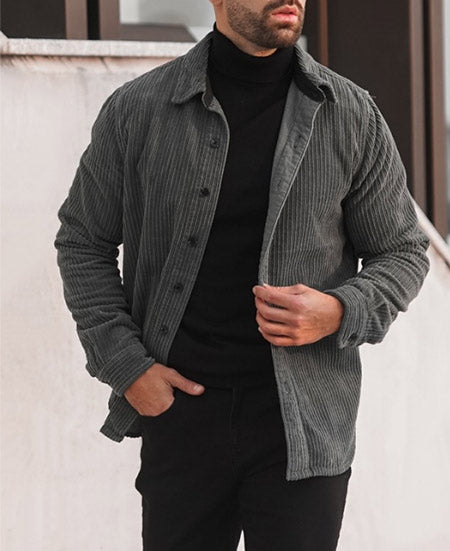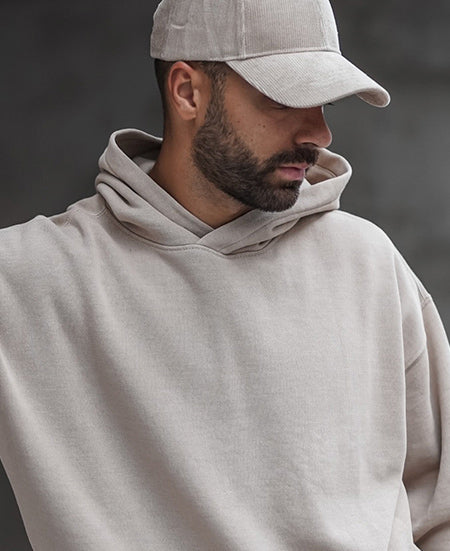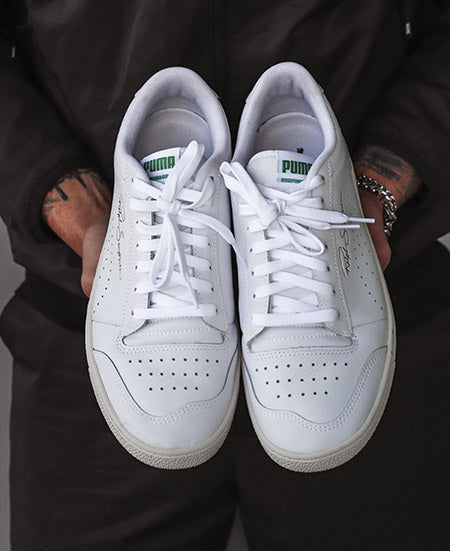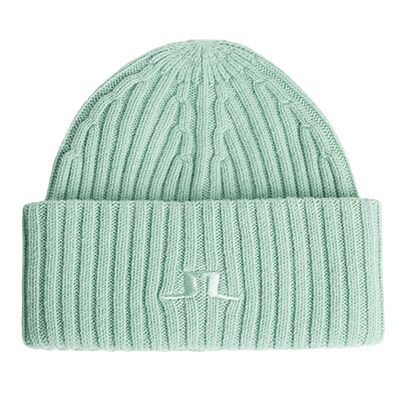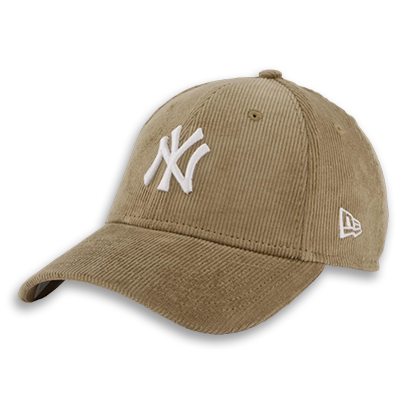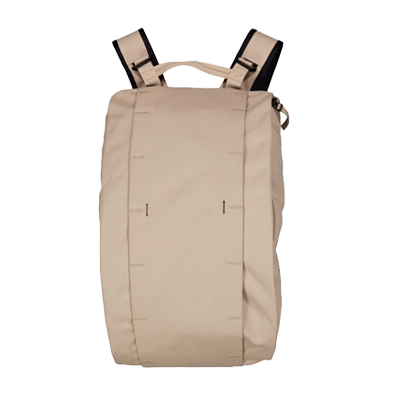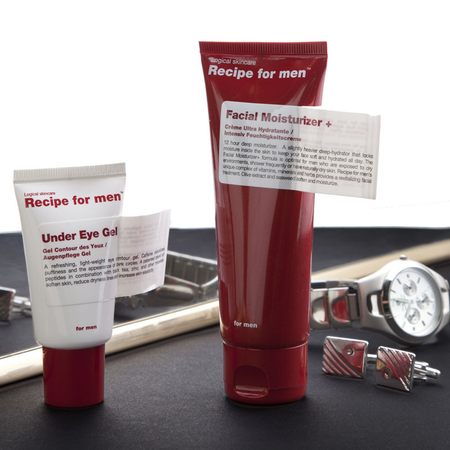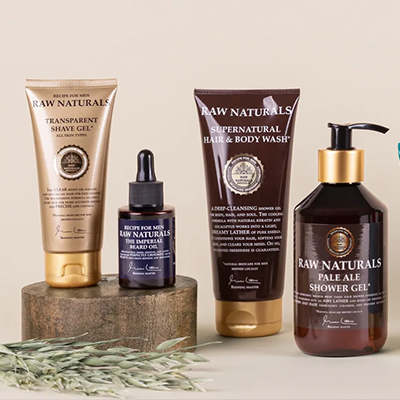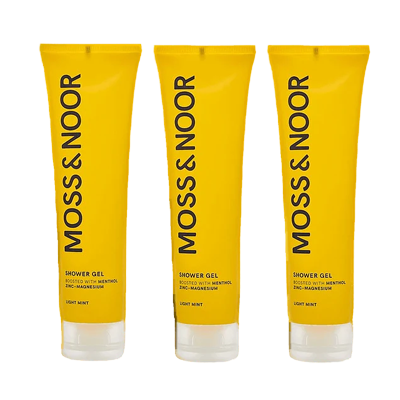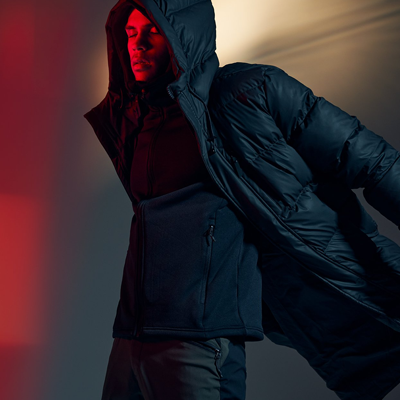Men's pant sizes explained: Find your perfect fit
Understanding men's pant sizes
Shopping for the right pair of pants can be tricky, especially with the variety of sizes and fits available. To make things easier, it's important to understand how men's pant sizes work. Most trousers are sized using two numbers: the waist size and the inseam length.
The waist size is the measurement around the narrowest part of your waist, usually just above your hip bones. This is typically measured in inches or centimeters. The inseam is the distance from the crotch seam to the bottom of the leg opening. Inseam lengths usually come in 2-inch increments, such as 30, 32, or 34 inches.
When trying on pants, make sure to sit down and stand up to see how they feel in different positions. The waistband should sit comfortably at your natural waist without feeling too tight or loose. You should be able to easily slide two fingers inside the waistband.
Different pant fits for men
In addition to the size, the fit of the pants is equally important for both comfort and style. Here are some common pant fits you'll come across:
- Slim fit: These pants are cut closer to the body, with a narrower leg opening. They work well for slender or athletic builds.
- Regular fit: Also known as a straight fit, these pants have a relaxed fit through the hips and thighs with a straight leg. They suit most body types.
- Relaxed fit: These pants offer more room in the seat, thigh, and leg for added comfort. They're ideal for larger builds or those who prefer a looser fit.
- Skinny fit: The skinniest option, these pants hug the legs from the thighs down to the ankles. They're a trendy choice for slim builds.
How to measure your pant size
To find your perfect pant size, it's best to measure yourself rather than relying on your usual size, as sizing can vary between brands. Here's how:
- Measure your waist circumference at the narrowest point, usually just above your hip bones. Keep the tape snug but not too tight.
- For your inseam, measure from the top of your inner thigh down to your ankle. It's easier to do this with a pair of well-fitting pants you already own.
- Compare your measurements to the brand's size chart to find your best fit. If you're between sizes, it's usually better to go with the larger size for a more comfortable fit.
Tips for buying the perfect pair of pants
Consider the occasion
Think about where you'll be wearing the pants. Dressier occasions call for wool trousers or chinos, while casual outings are perfect for jeans or khakis.
Pay attention to the fabric
The material affects both the look and feel of the pants. Cotton is breathable and easy to care for, while wool offers warmth and a more polished appearance. Stretch fabrics provide added comfort and flexibility.
Experiment with colors and patterns
While neutral colors like navy, black, and khaki are versatile staples, don't be afraid to branch out. Subtle patterns like herringbone or houndstooth can add visual interest to your outfit.
With these tips in mind, you'll be well on your way to finding the perfect pair of pants. Remember, the key is to prioritize both fit and comfort to ensure you look and feel your best.

